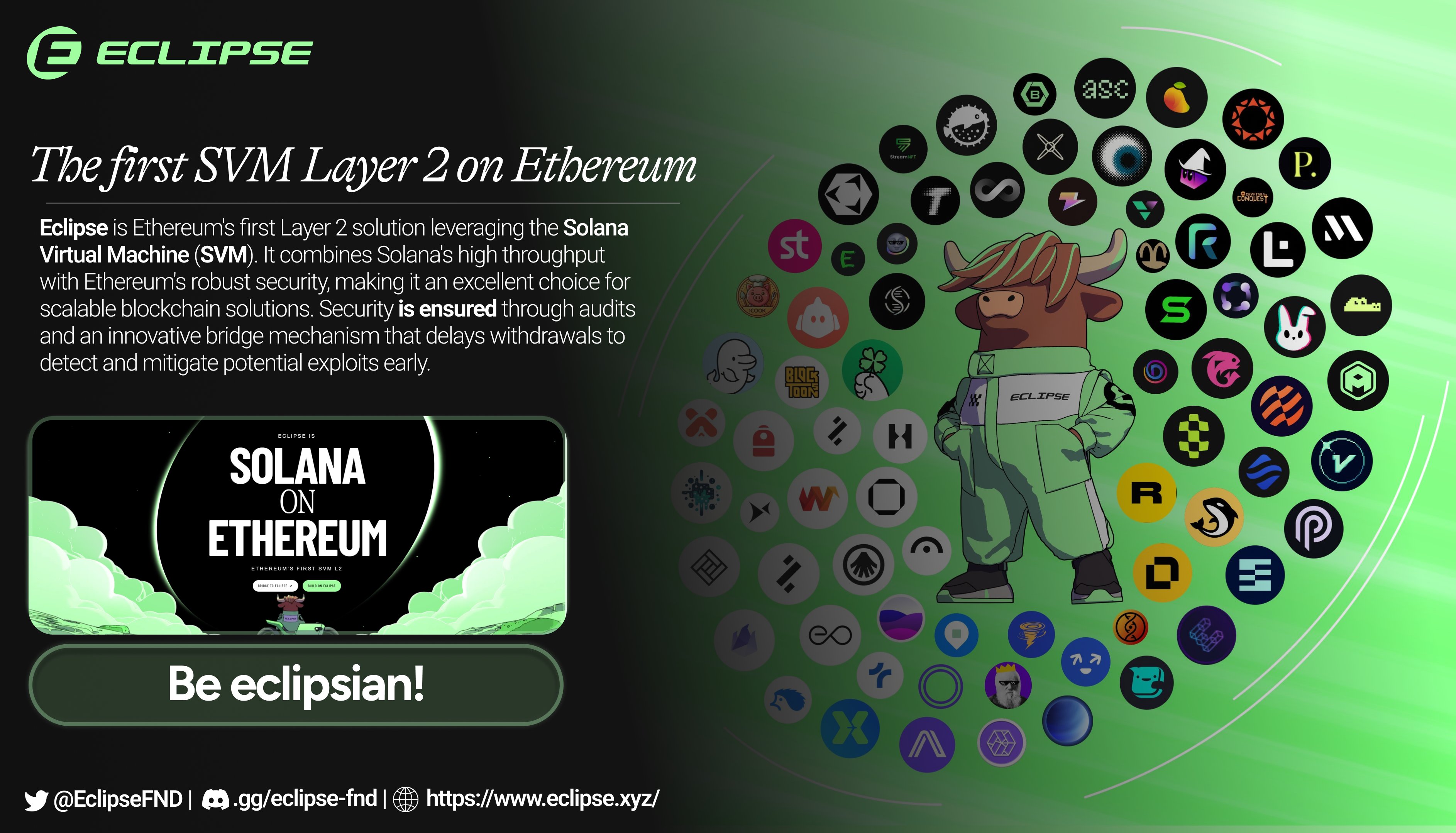Celestia Blob Usage Trends: Analyzing the Surge in Blobs Per Block and Market Implications

Celestia’s data availability layer has entered a phase of explosive growth, with the network’s blobspace metrics capturing the attention of developers, analysts, and market participants alike. Over the past two weeks, average blob size on Celestia has surged from 1.18 GB to an astonishing 11.4 GB, a near tenfold increase that is reshaping perceptions about scaling and throughput in modular blockchain design. This rapid escalation coincides with daily transaction volumes climbing from 44,000 to 71,000, fueled by heightened NFT minting activity and new integrations such as Mammoth Overlord NFTs on Forma and RARI chain’s onboarding.
Blobspace Utilization: A Quantitative Leap
To put these numbers in context, Celestia’s average of three blobs per block, occasionally peaking above this threshold, represents a significant uptick in demand for decentralized data storage. As more rollups and application chains leverage Celestia for cost-efficient data availability, the network’s blobspace is being tested at scale. According to The Block, nearly all blobs posted during this surge have originated from Eclipse, an Ethereum Layer 2 using Celestia as its data layer. This underscores the growing interoperability between ecosystems and the pivotal role Celestia plays as a neutral DA layer.
Crucially, despite this dramatic increase in usage, Celestia’s economics remain highly competitive. In Q4 2024, blob fees totaled just $72,000 compared to Ethereum’s $8.4 million, a stark contrast that illustrates both current underutilization and future upside potential as demand catches up with supply.
Market Dynamics: Are We Nearing a Blobspace Tipping Point?
The surge in blobs per block raises questions about sustainable equilibrium in the blob fee market. While Ethereum currently caps blobs at six per block (with plans to scale up), Celestia is already averaging three blobs per block on a daily basis, sometimes crossing into higher territory (Conduit). This steady climb reflects not only increased user activity but also improved developer tooling and integrations like Blobstream, a solution enabling Ethereum L2s to tap into Celestia’s dedicated blobspace without being tied to fluctuating gas fees (Celestia Blog).
“More users will mean more transactions, more transaction data, and larger blobs, so these costs will actually increase as rollups find traction. “
– CryptoCrew Validators
Blob Fees: Comparative Analytics and Market Implications
One of the most striking differences between Celestia and Ethereum lies in cost efficiency. As of October 13,2025, with TIA trading at $1.21, up 0.13% on the day, Celestia continues to offer data availability at a fraction of Ethereum’s cost ($0.10 per MB vs $66.88 per MB over a seven-day rolling average). This substantial price differential has begun attracting not only new rollups but also NFT projects seeking scalable infrastructure for mass minting events.
Celestia (TIA) Price Prediction 2026-2031
Professional outlook based on blobspace growth, adoption trends, and evolving market conditions.
| Year | Minimum Price | Average Price | Maximum Price | Year-over-Year % Change (Avg) | Market Scenario Insights |
|---|---|---|---|---|---|
| 2026 | $1.10 | $1.60 | $2.20 | +32% | Blobspace adoption continues, but competition from Ethereum/other DA solutions keeps TIA price growth moderate. |
| 2027 | $1.25 | $2.05 | $2.90 | +28% | Expansion of NFT and L2 ecosystems using Celestia; potential for increased fees and network value. |
| 2028 | $1.45 | $2.65 | $3.80 | +29% | Blobstream and further integrations drive usage; regulatory clarity improves institutional adoption. |
| 2029 | $1.75 | $3.25 | $4.60 | +23% | Maturing rollup ecosystem and new data availability use cases boost demand for TIA. |
| 2030 | $2.10 | $3.85 | $5.50 | +18% | Celestia solidifies its position as a leading DA layer; market cycles create volatility, but trend remains positive. |
| 2031 | $2.50 | $4.50 | $6.40 | +17% | Increased L2 competition, but ongoing innovation and adoption sustain TIA’s long-term value growth. |
Price Prediction Summary
Celestia (TIA) is poised for steady growth over the next six years, fueled by the rapid expansion of blobspace usage, NFT activity, and Layer 2 integrations. While competition from Ethereum and other DA solutions may moderate upside, Celestia’s low fees, technological advancements, and ecosystem partnerships position TIA as a key player in the data availability sector. Expect moderate year-over-year growth, with bullish scenarios driven by breakthrough adoption and bearish outcomes possible if competition intensifies or regulatory headwinds emerge.
Key Factors Affecting Celestia Price
- Blobspace usage and transaction growth (especially from NFTs and L2s)
- Competitive fee structure versus Ethereum and other DA networks
- Technological innovation (e.g., Blobstream, scalability upgrades)
- Regulatory developments affecting DA and rollup ecosystems
- Market cycles and macroeconomic trends
- Adoption by major Layer 2s, NFT projects, and dApps
- Potential for new use cases and cross-chain integrations
Disclaimer: Cryptocurrency price predictions are speculative and based on current market analysis.
Actual prices may vary significantly due to market volatility, regulatory changes, and other factors.
Always do your own research before making investment decisions.
The market is now watching closely for signs that consumption could exceed critical thresholds, potentially pushing fees upward if capacity becomes constrained or if more high-throughput applications come online simultaneously. For now, however, abundant supply keeps costs low even amid surging demand.
Celestia’s competitive edge in the blobspace market is not solely a function of low costs. Its modular approach to data availability, decoupled from execution, has enabled rapid scaling and seamless integration with emerging Layer 2 ecosystems. The introduction of Blobstream, for example, allows Ethereum L2 developers to access Celestia’s blobspace at fixed rates, insulating them from volatile gas markets and empowering more predictable cost modeling. This innovation is already catalyzing a wave of experimentation and onboarding across the modular blockchain landscape.

As demand for Celestia blob usage accelerates, analytics platforms are spotlighting key trends: not only are blobs per block increasing, but average blob sizes are also expanding as applications become more sophisticated. NFT minting campaigns like Mammoth Overlord on Forma exemplify this shift, projects once constrained by block size or prohibitive fees on monolithic chains now find headroom to scale on Celestia’s data layer. Meanwhile, market participants are keenly monitoring whether this growth pattern will persist or plateau as network effects deepen.
Blobspace Market Trends: What’s Next for Developers and Traders?
For developers, the current environment presents an unprecedented window of opportunity. Low fees and abundant capacity mean that early movers can experiment with high-throughput applications without facing immediate cost constraints. For traders and analysts, the calculus is more nuanced: while TIA’s price remains relatively stable at $1.21, the underlying fundamentals, rising utilization metrics coupled with competitive fee structures, suggest latent upside if adoption continues apace.
Top 5 Projects Driving Celestia’s Blobspace Demand
-

Eclipse: As an Ethereum Layer 2 rollup leveraging Celestia for data availability, Eclipse has been responsible for nearly all blobs posted during the recent surge, underpinning a significant portion of Celestia’s increased blobspace usage.
-

Forma (Mammoth Overlord NFTs): The Forma blockchain, particularly through the popularity of its Mammoth Overlord NFT collection, has driven a substantial uptick in blobspace demand due to high-volume NFT minting activities.
-

RARI Chain: The integration of RARI Chain with Celestia has contributed to the spike in blobspace usage, as RARI Chain utilizes Celestia’s data availability layer for its NFT and DeFi operations.
-

Conduit: As a leading rollup infrastructure provider, Conduit enables multiple rollups to post data to Celestia, facilitating increased transaction throughput and contributing to the overall surge in blobspace consumption.
-

Blobstream-enabled Layer 2s: With the introduction of Blobstream, several Ethereum Layer 2 projects have begun integrating Celestia for data availability, collectively amplifying demand for blobspace as they scale their transaction volumes.
Looking ahead, several variables could shape the trajectory of blobs per block on Celestia:
- Rollup adoption pace: As more chains leverage Celestia for data availability, aggregate demand could test current throughput limits.
- Fee market evolution: Should blobs per block approach or exceed critical thresholds (as theorized in Ethereum research), upward pressure on fees may emerge, potentially altering project economics.
- Competitive dynamics: Ethereum’s own upgrades (such as Pectra) will raise its blob capacity but at much higher cost points; this divergence could cement Celestia’s role as a preferred DA layer for cost-sensitive use cases.
The next phase will likely hinge on whether sustained growth triggers meaningful changes in fee structures or incentivizes further protocol-level innovation. For now, the market equilibrium favors builders: plentiful supply keeps costs low even as demand surges.
Celestia Analytics: Navigating an Expanding Data Layer
The real-time analytics dashboards tracking blobs per block on Celestia have become essential tools for both technical teams and investors. These dashboards reveal not only raw transaction throughput but also granular details about application mix, fee distribution, and network health (The Block). As modular blockchain architectures mature, such analytics will be indispensable for identifying bottlenecks, and opportunities, for value creation within the blobspace market.
The surge in Celestia data availability usage marks a pivotal moment in blockchain infrastructure evolution. Those who understand these trends, and act accordingly, stand to benefit most from an ecosystem where history rhymes but value endures.







